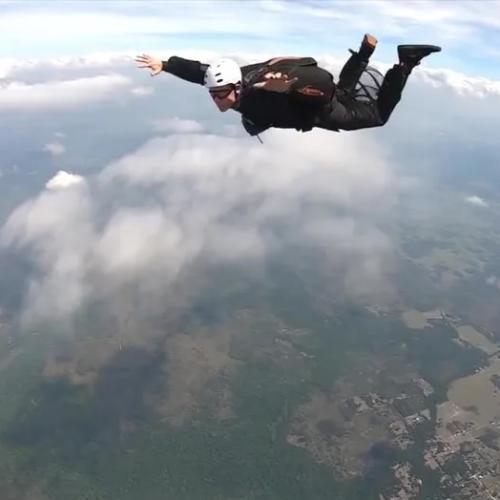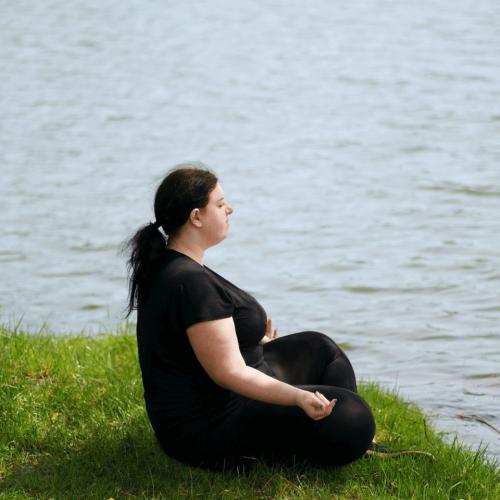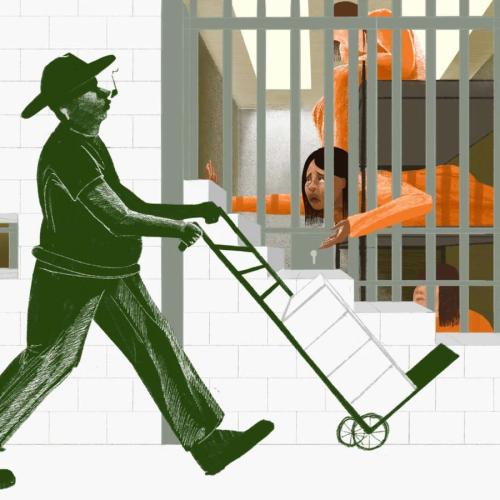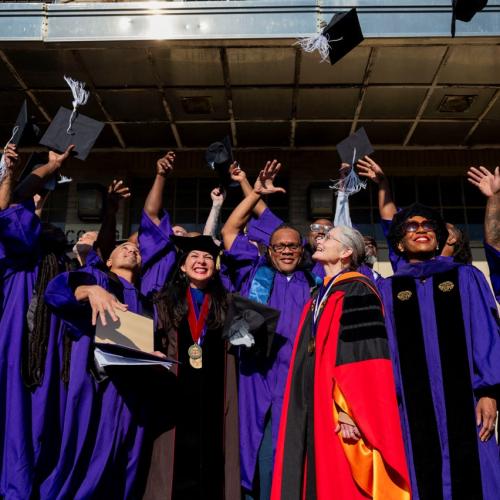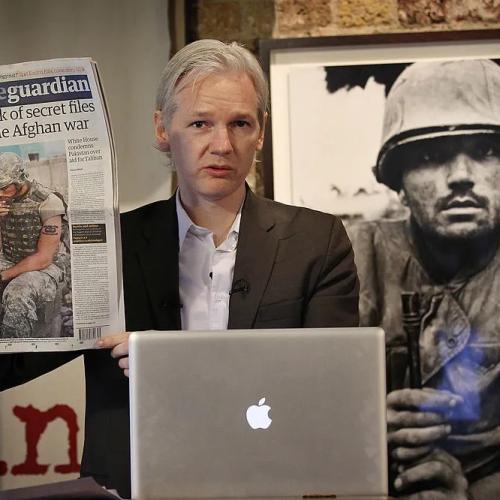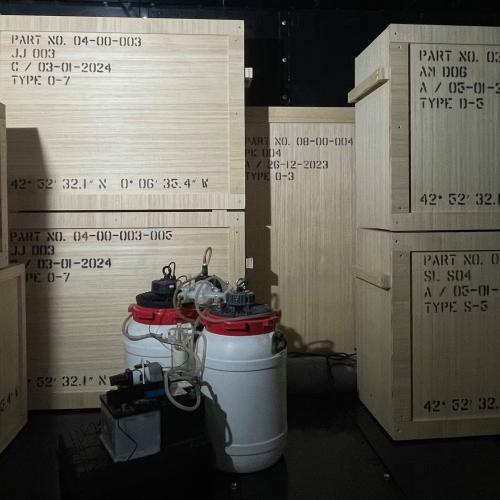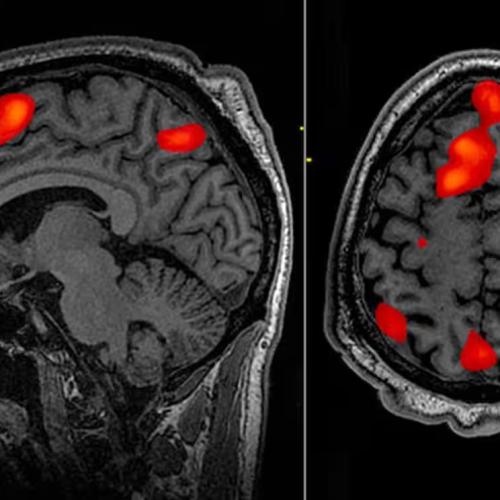Related Stories
Scarred Steel Holds Clues, And Remedies
Key Excerpts from Article on Website of New York Times
Posted: September 11th, 2012
http://www.nytimes.com/2001/10/02/science/scarred-steel-hold...
On his first night in the city to collect scientific data on the collapsed World Trade Center buildings, Dr. Abolhassan Astaneh-Asl looked out the window of his room at the Tribeca Grand Hotel and saw a flatbed truck parked outside. By chance, trucks hauling steel from the trade center site paused there for an hour or two before proceeding to the docks, where the steel was loaded onto barges. Dr. Astaneh-Asl, a professor of structural engineering at the University of California at Berkeley, ... went downstairs for a closer look. Over the next few nights, he cataloged 30 to 40 of the mighty beams and columns as trucks stopped in front of the hotel. ''I've found quite a number of interesting items,'' he said. Dr. Astaneh-Asl hopes to conduct what is, in essence, an autopsy of the buildings felled by the terrorist attacks, to understand precisely how they fell apart. One piece Dr. Astaneh-Asl saw was a charred horizontal I-beam from 7 World Trade Center, a 47-story skyscraper that collapsed from fire eight hours after the attacks. The beam ... had clearly endured searing temperatures. Parts of the flat top of the I, once five-eighths of an inch thick, had vaporized. Dr. Astaneh-Asl and other engineers had assumed that the estimated 310,000 tons of steel columns and beams were being taken to Fresh Kills landfill in Staten Island with the rest of the debris, to be sifted by investigators. But because the steel provides no clues to the criminal investigation, New York City started sending it to recyclers.
Note: Normal fire cannot vaporize steel, so Dr. Astaneh-Asl's finding clearly contradicts the official story. For an abundance of powerful evidence presented by respected architects and engineers that World Trade Center 7 was brought down by explosives, click here.
Related Stories
Latest News
Key News Articles from Years Past








